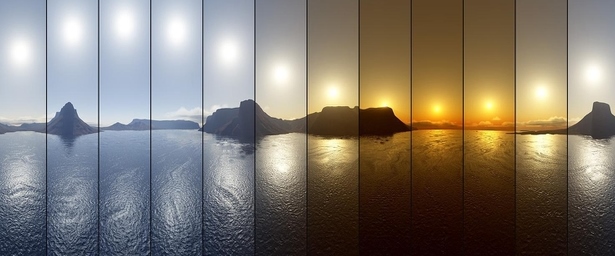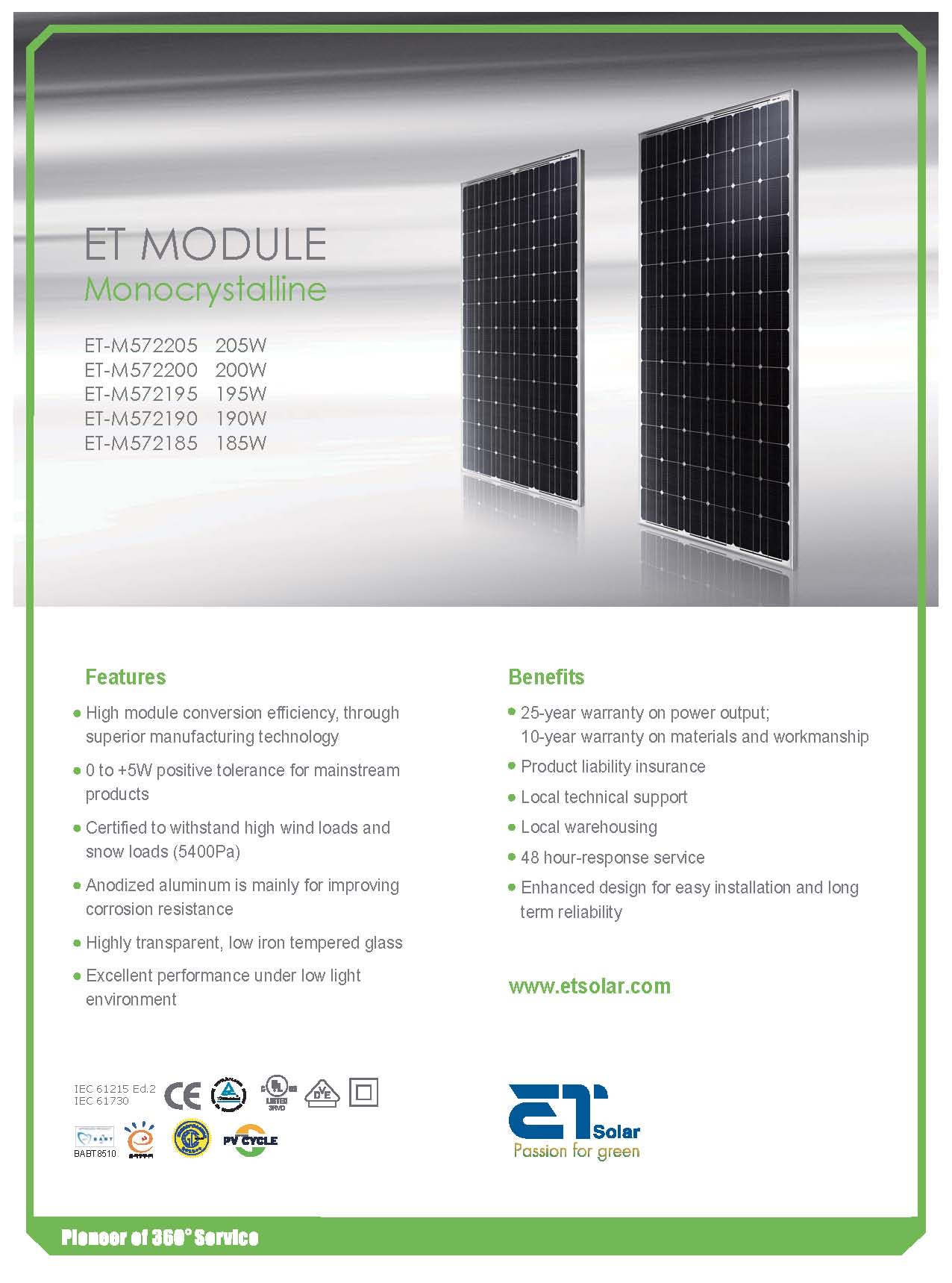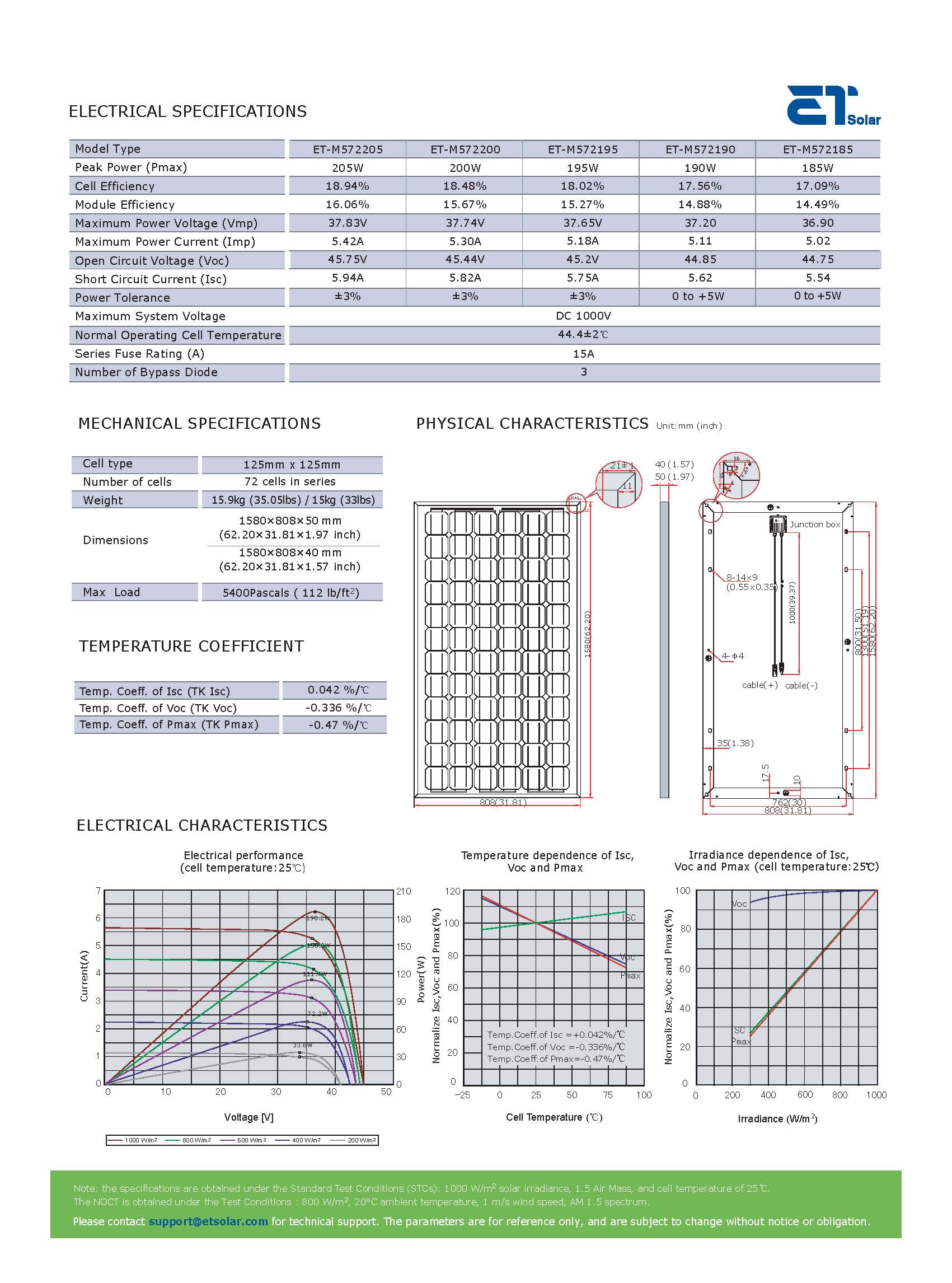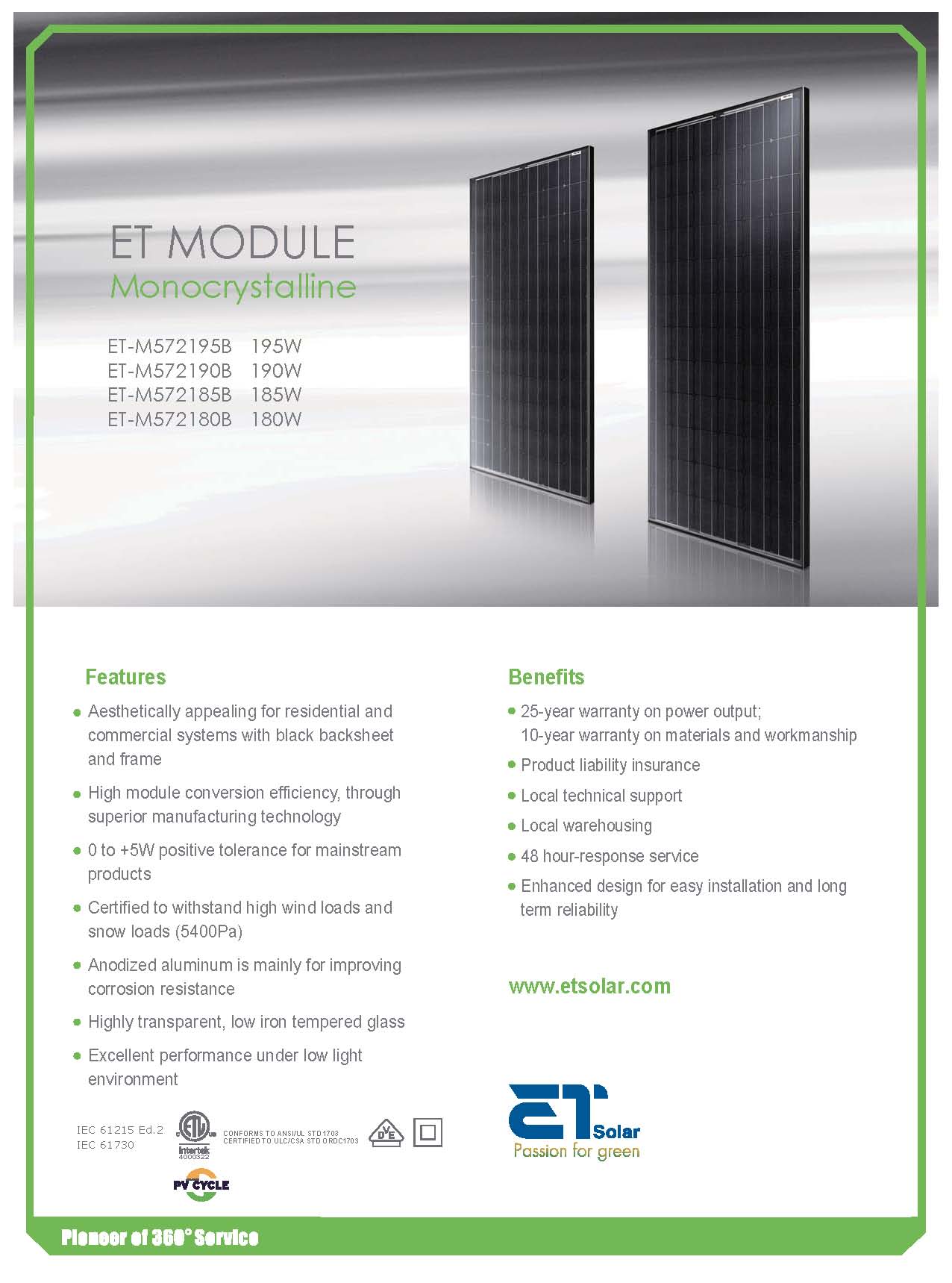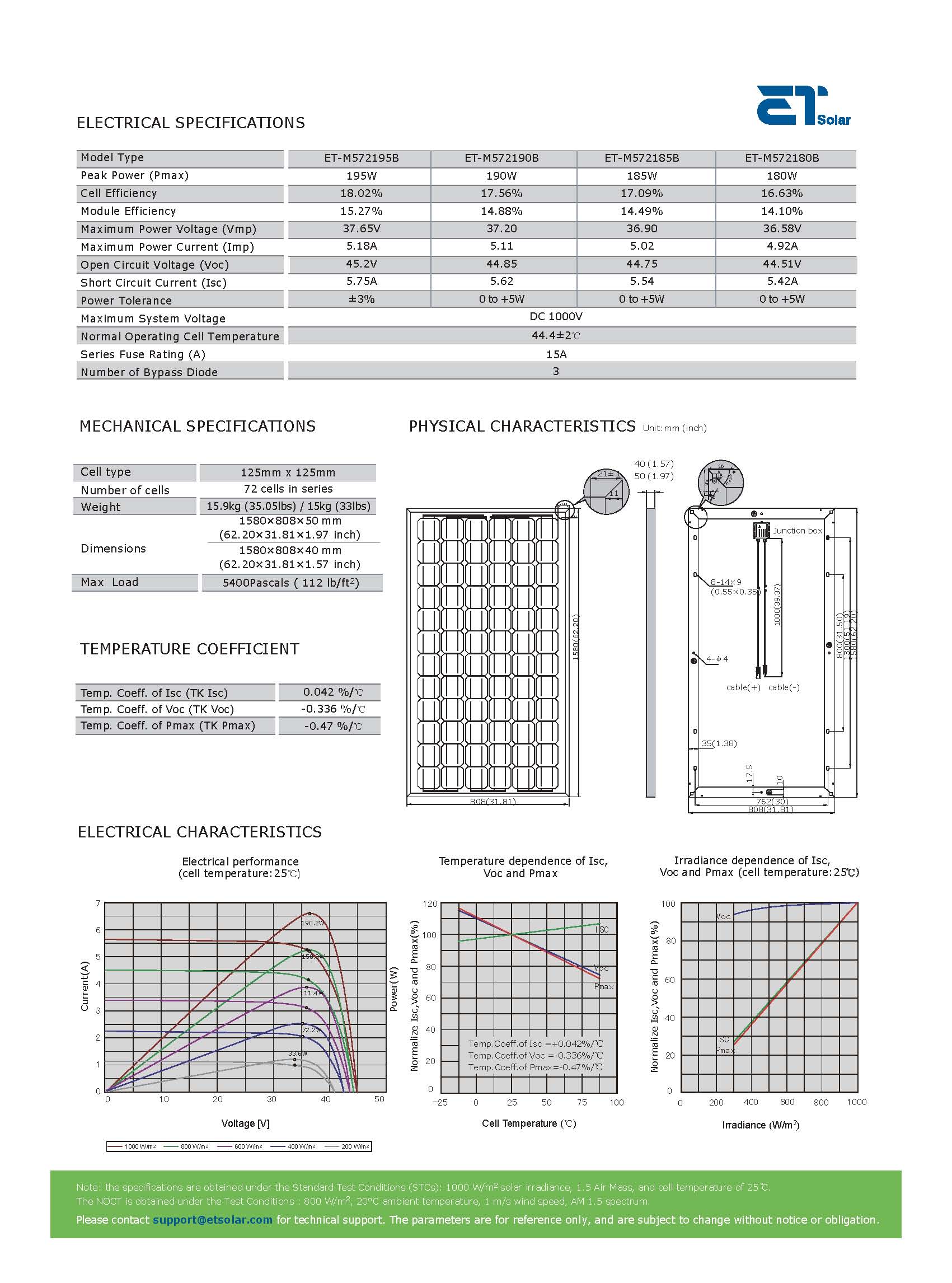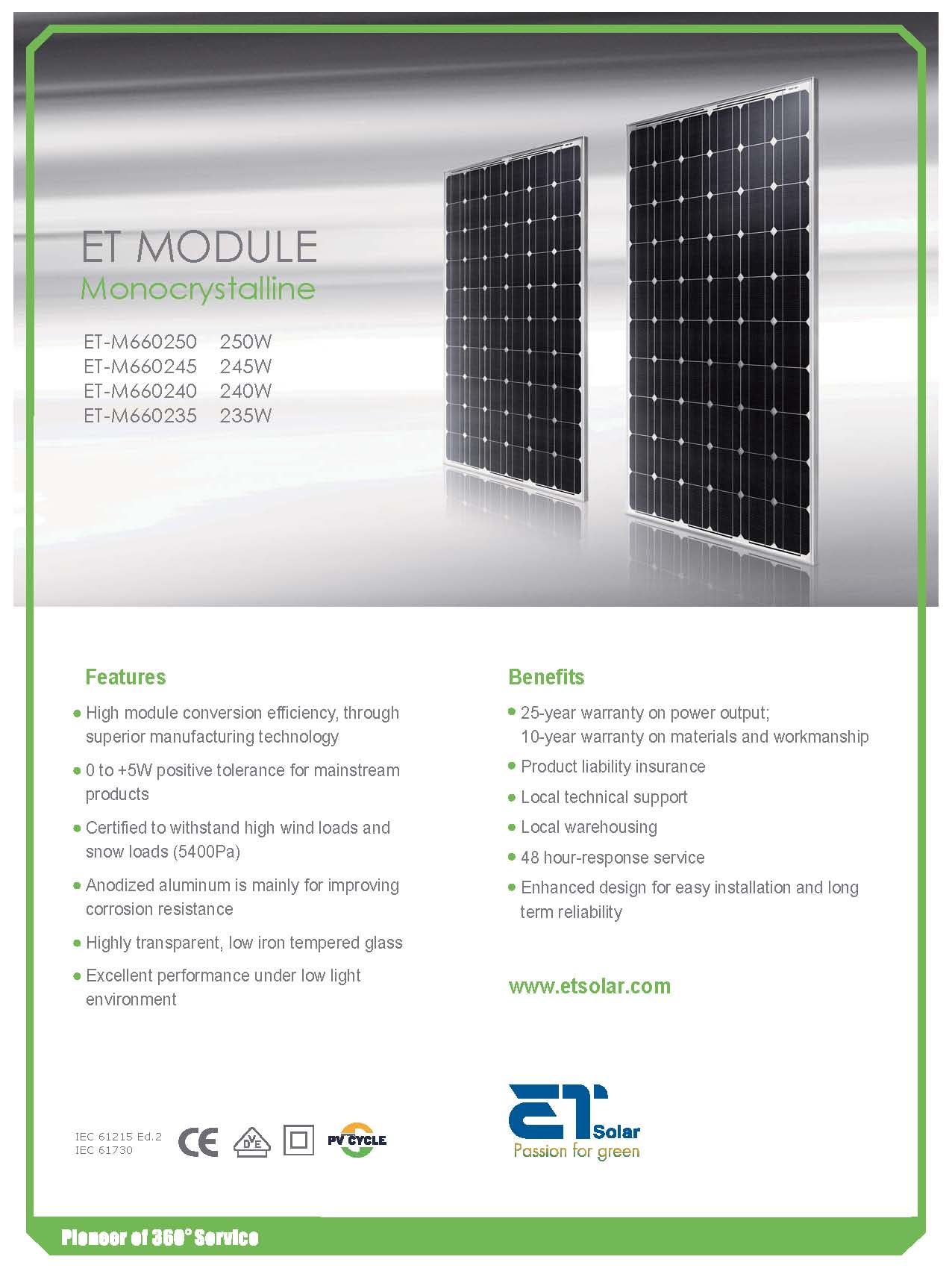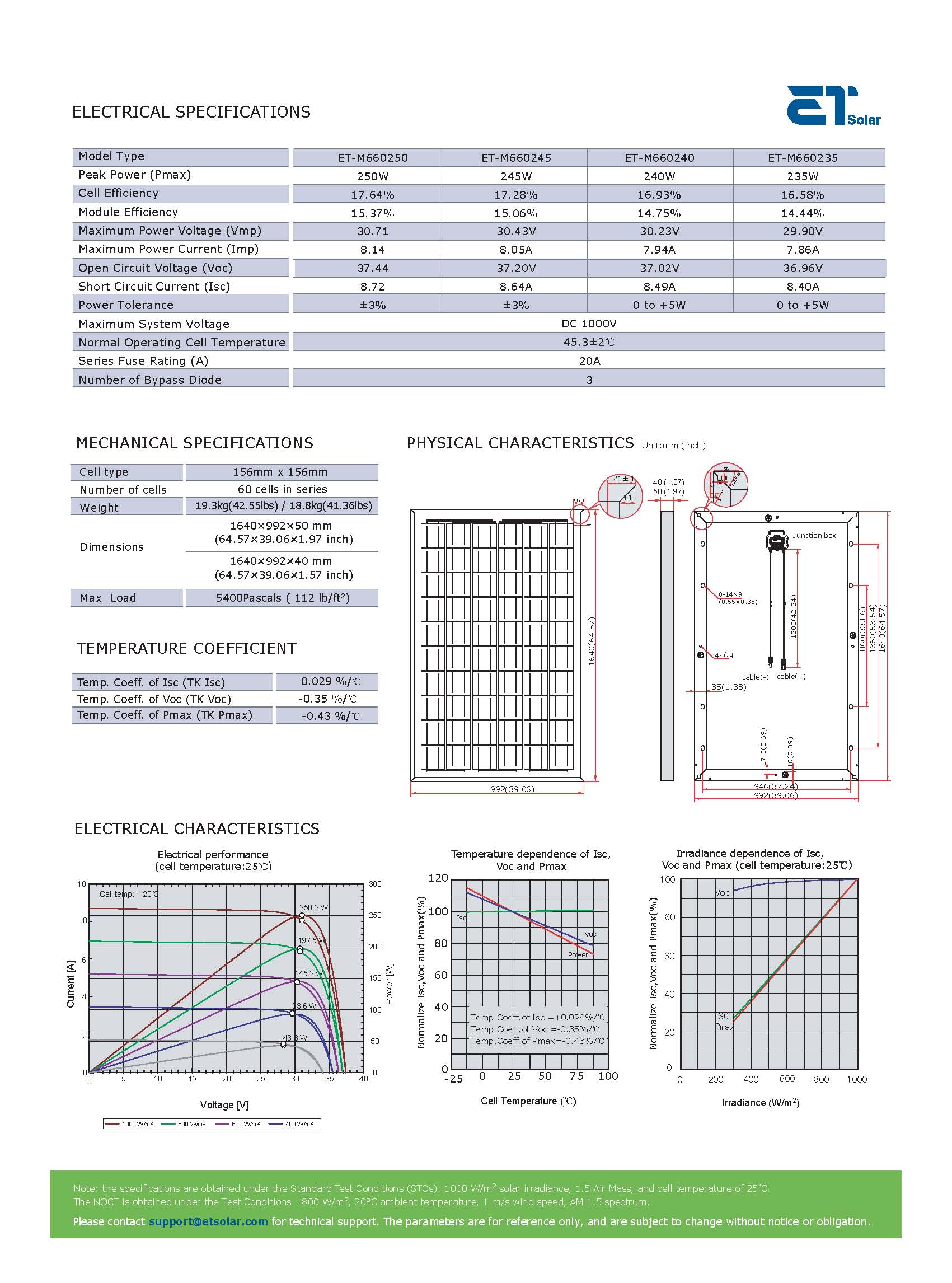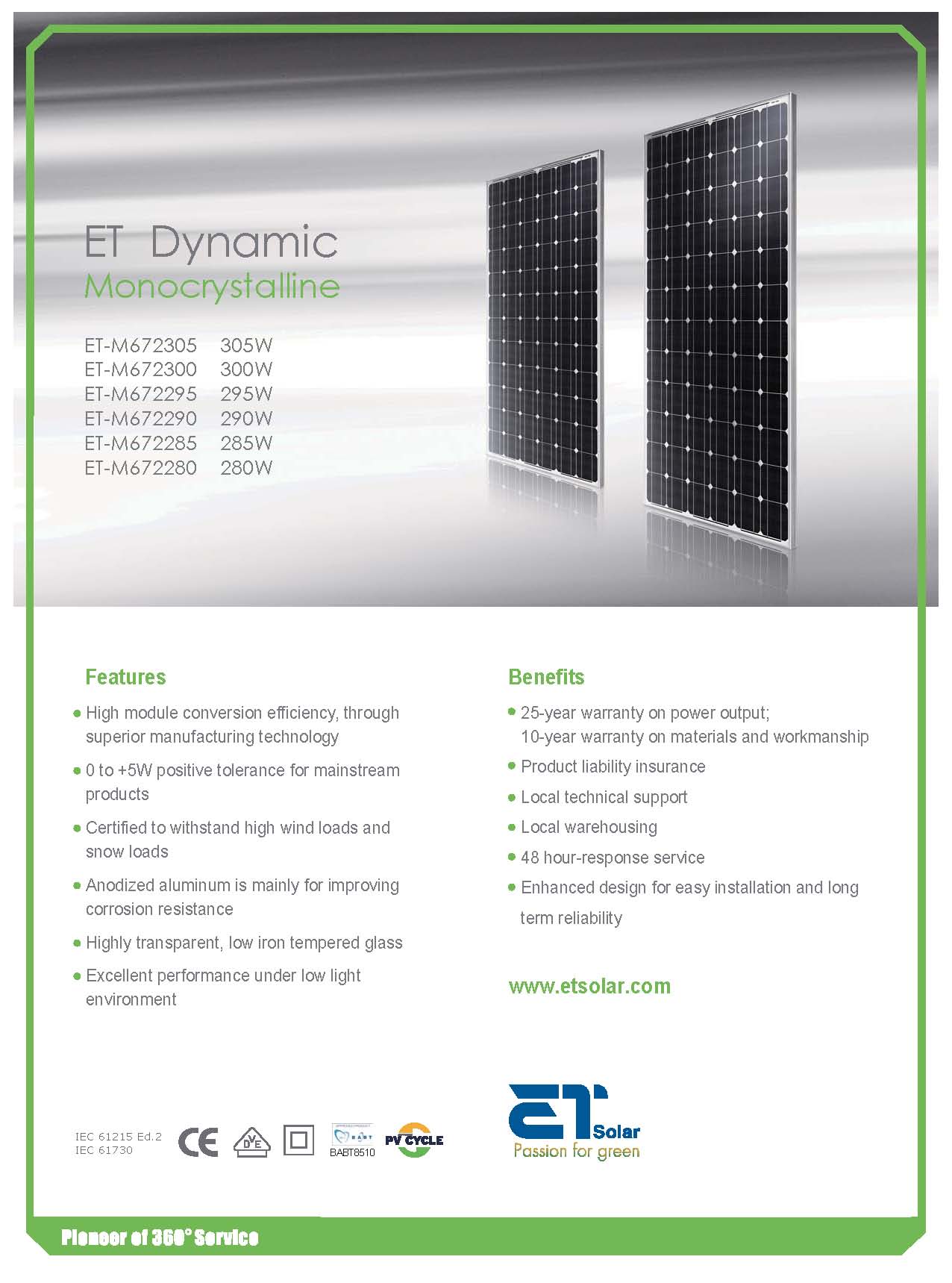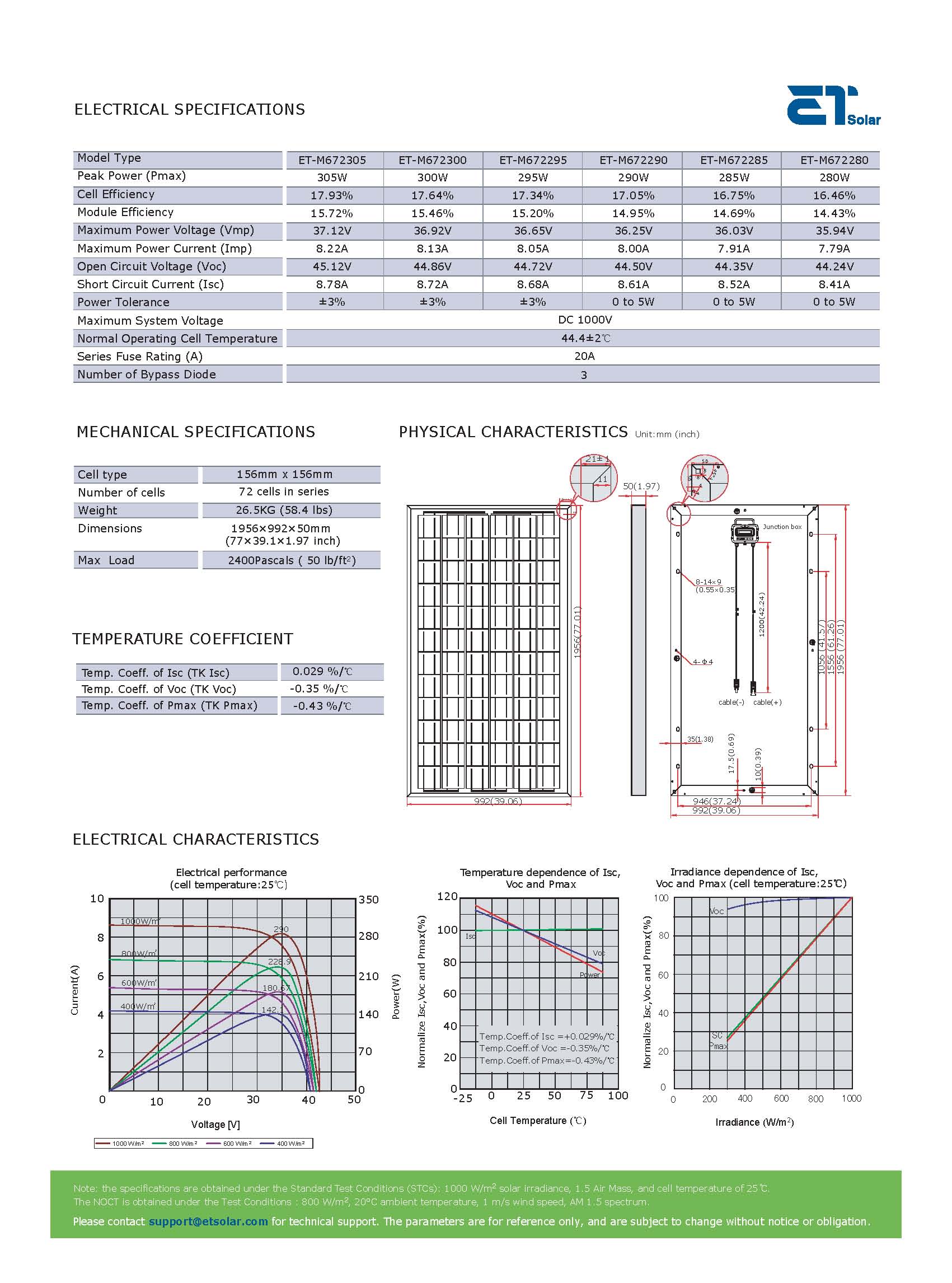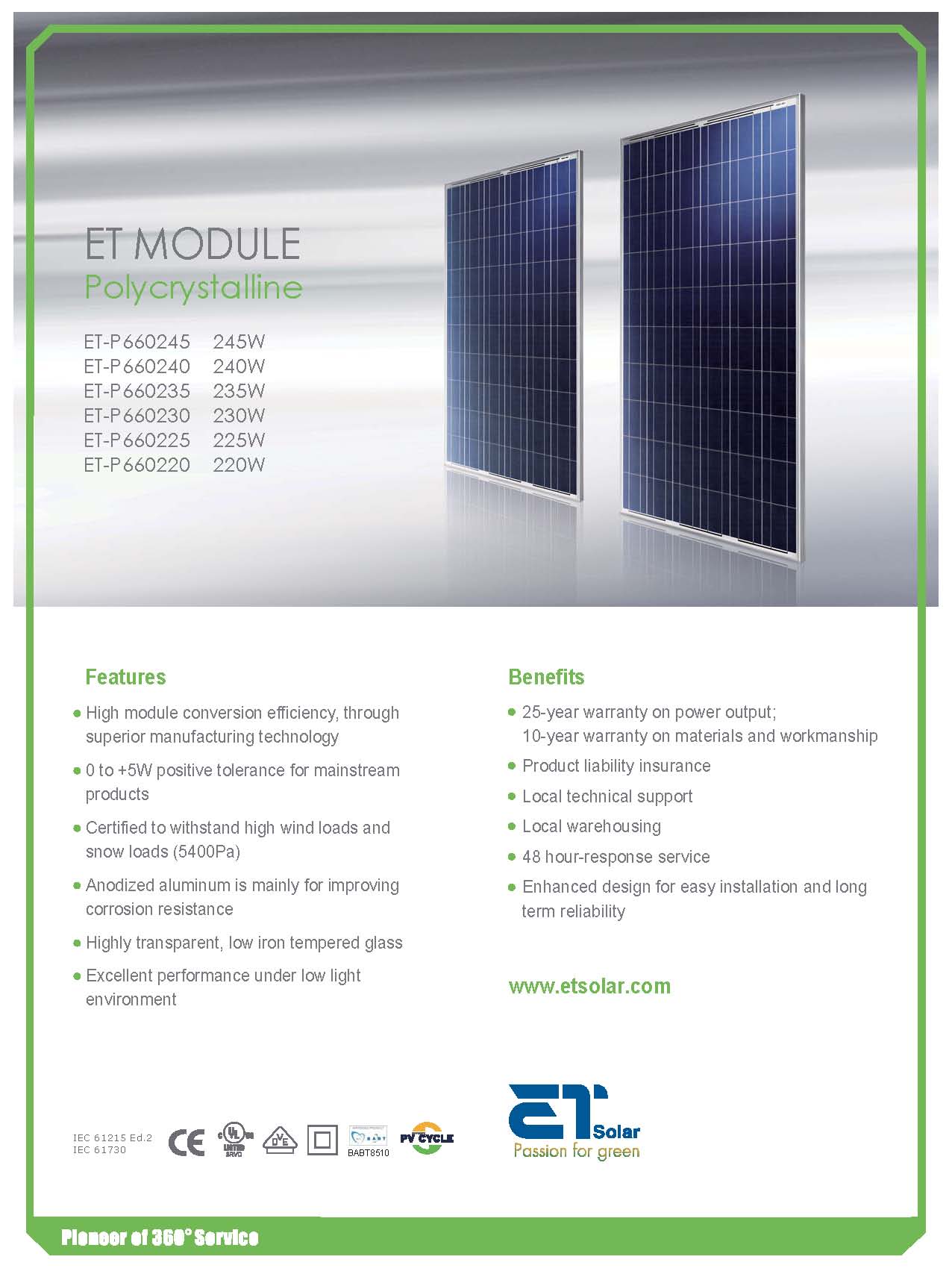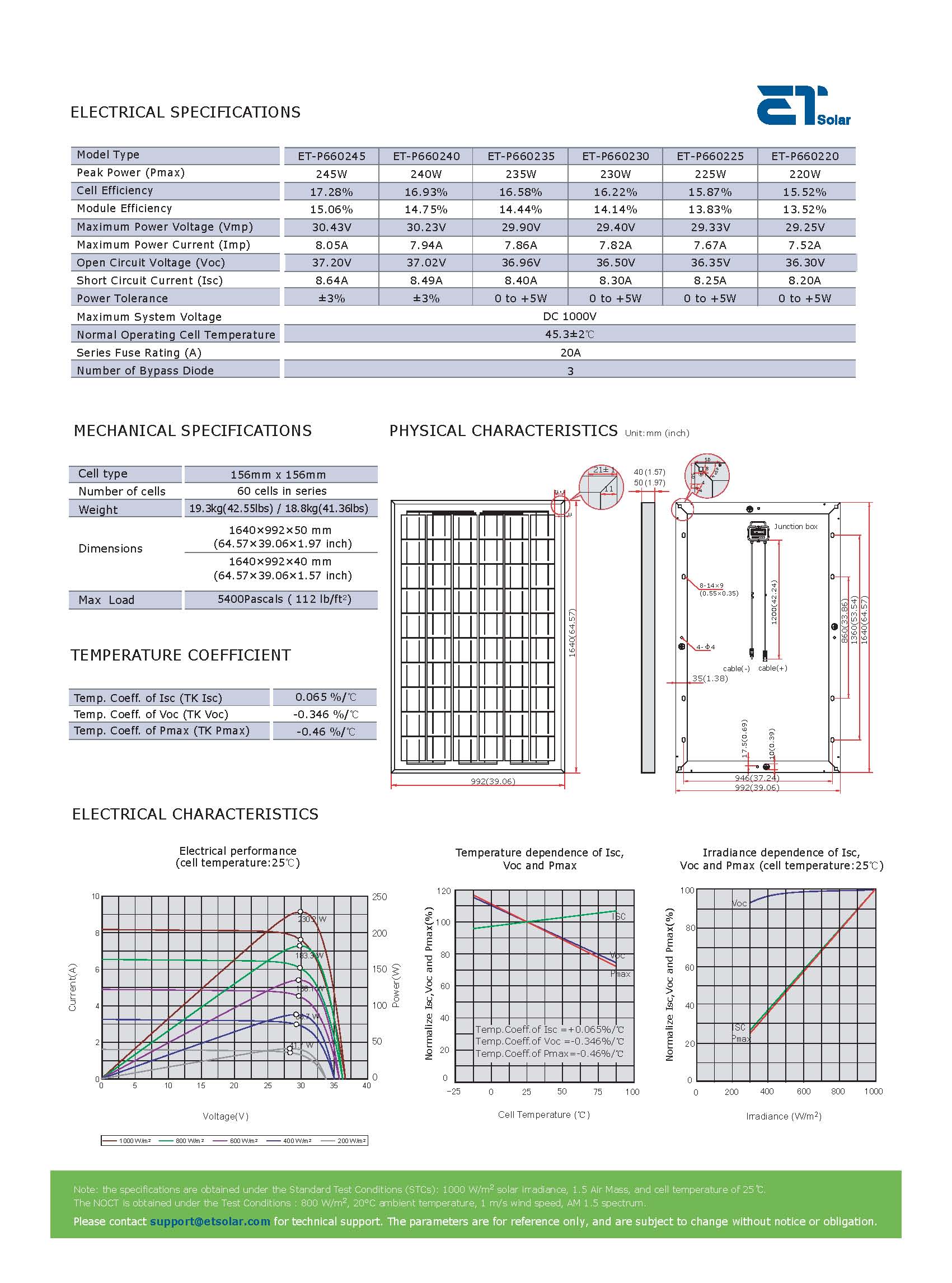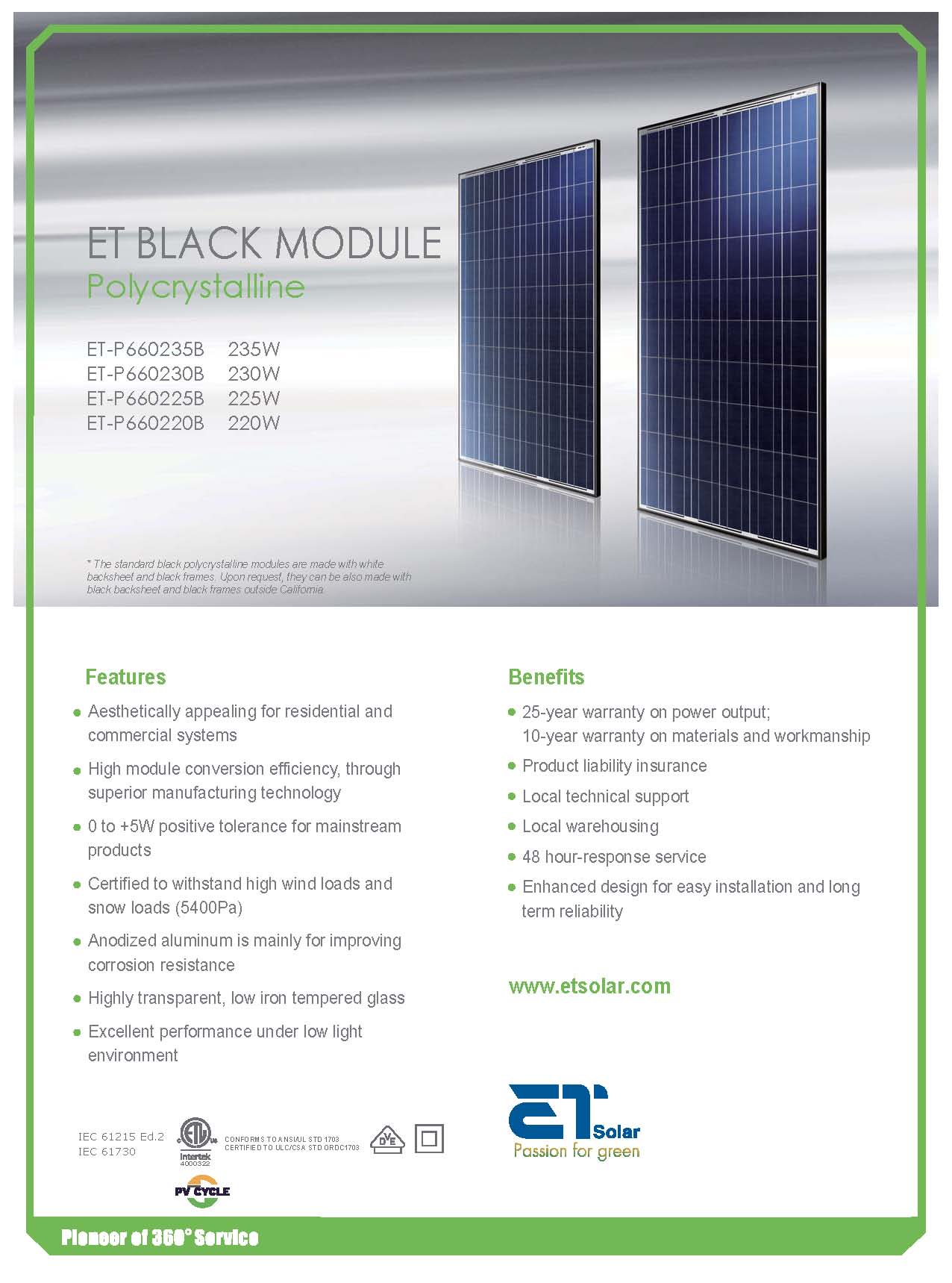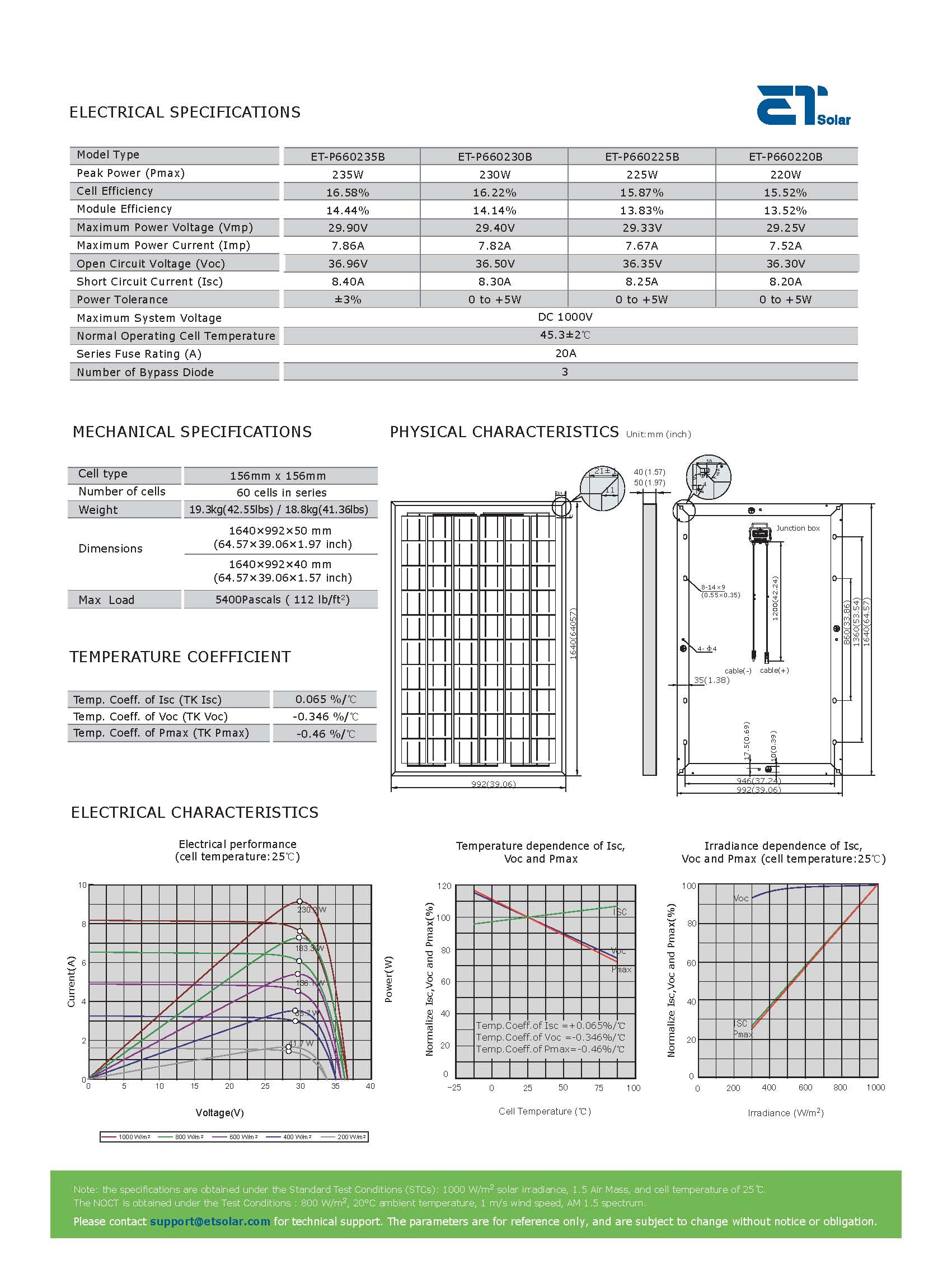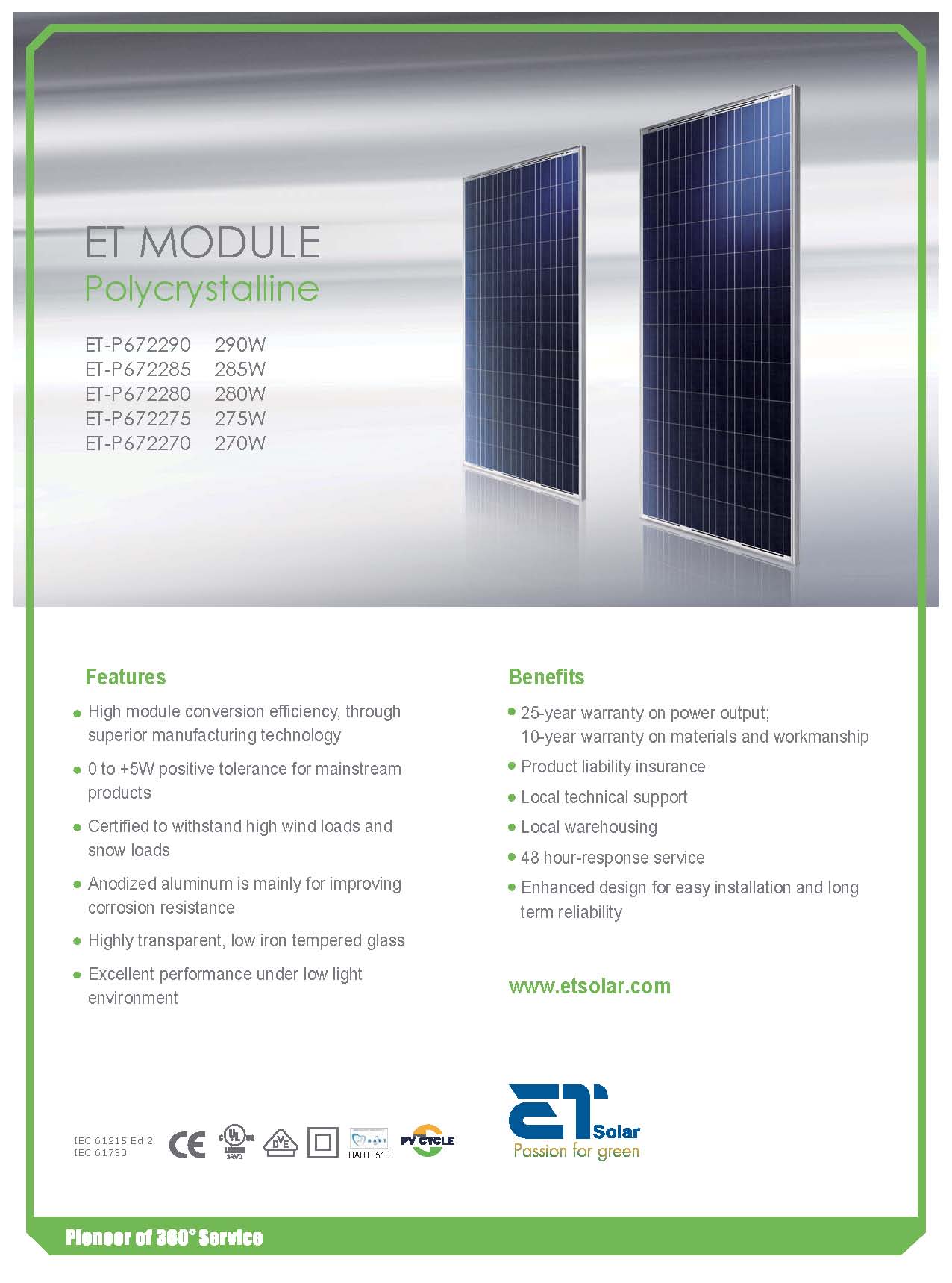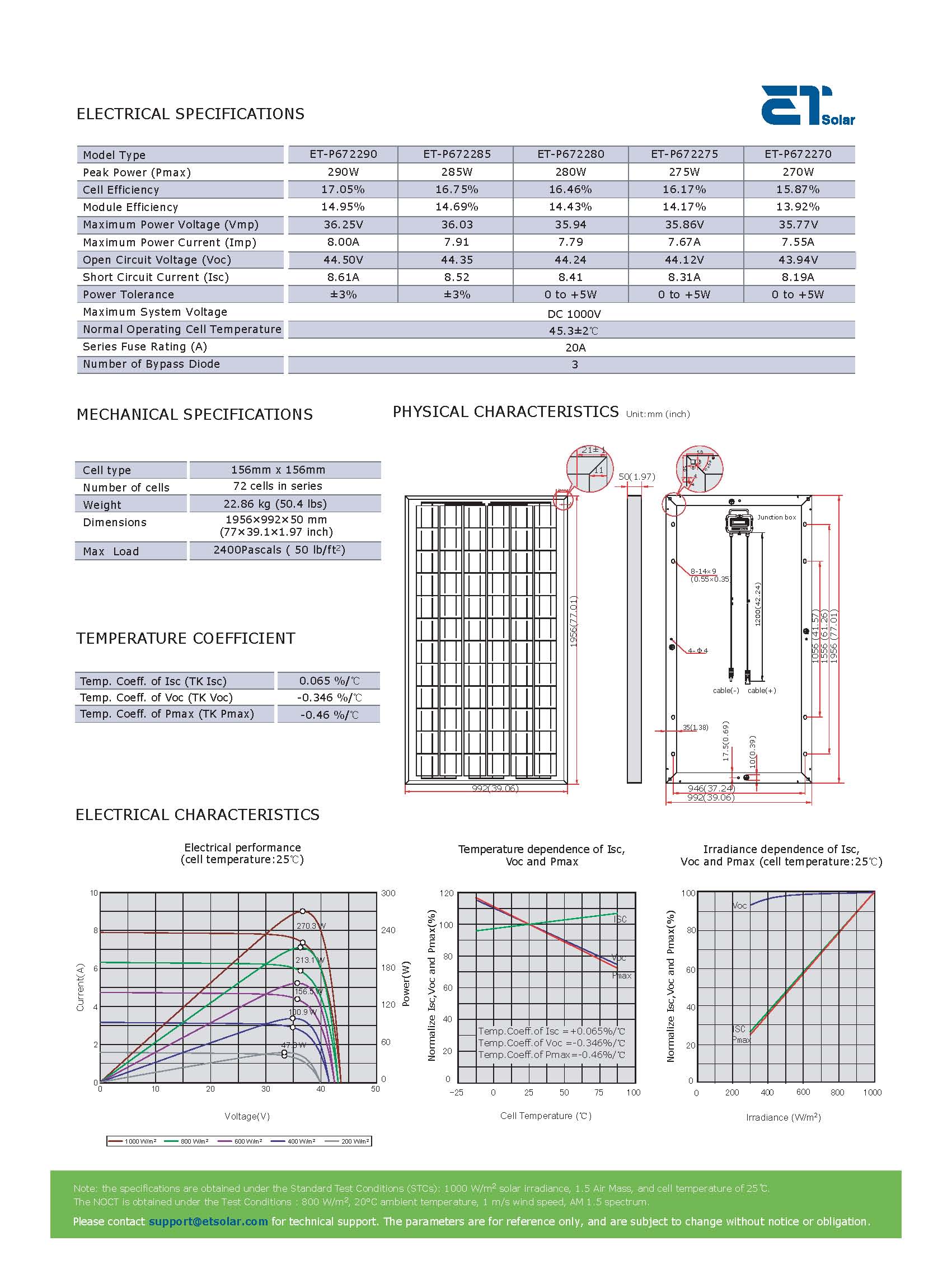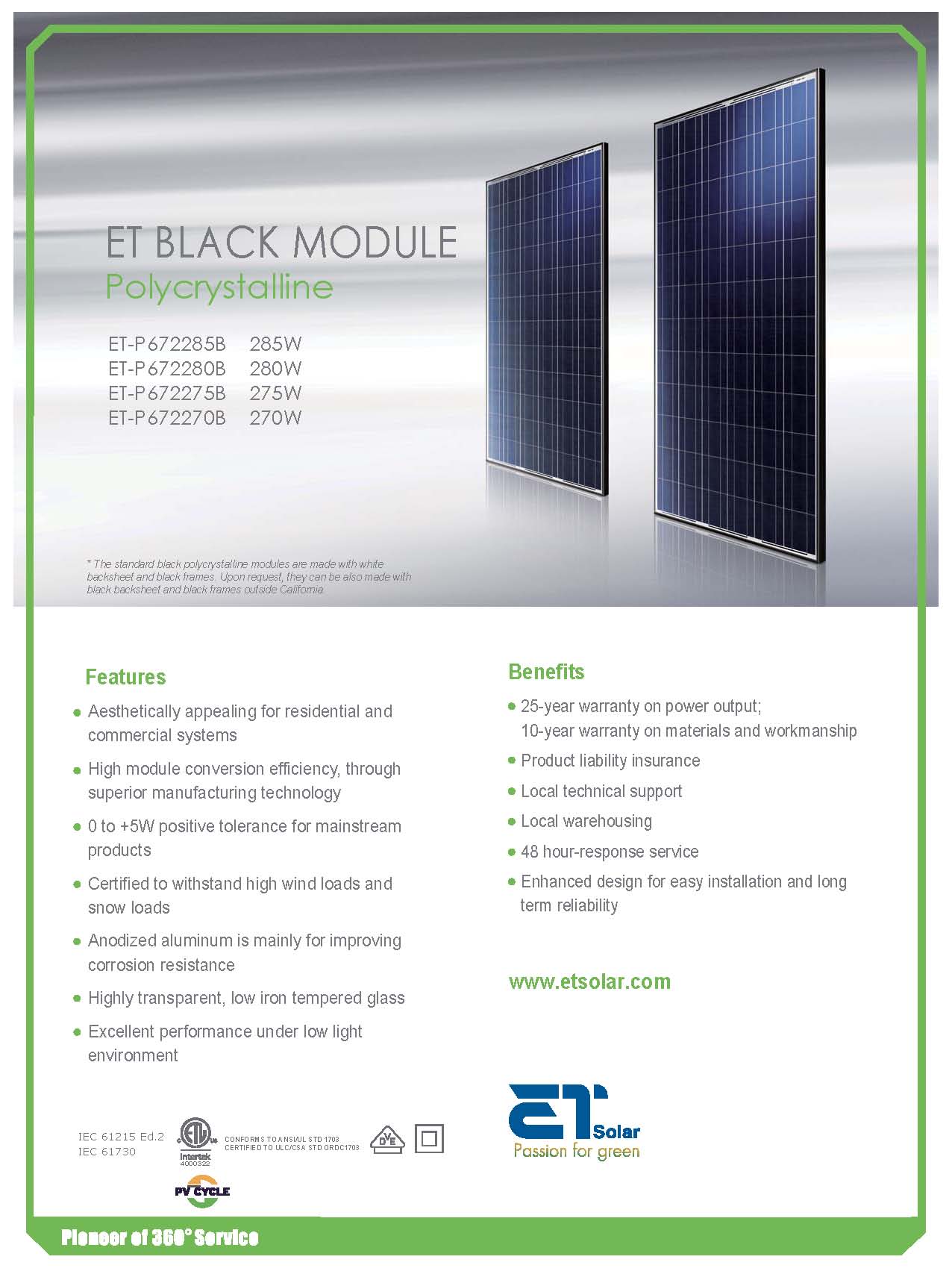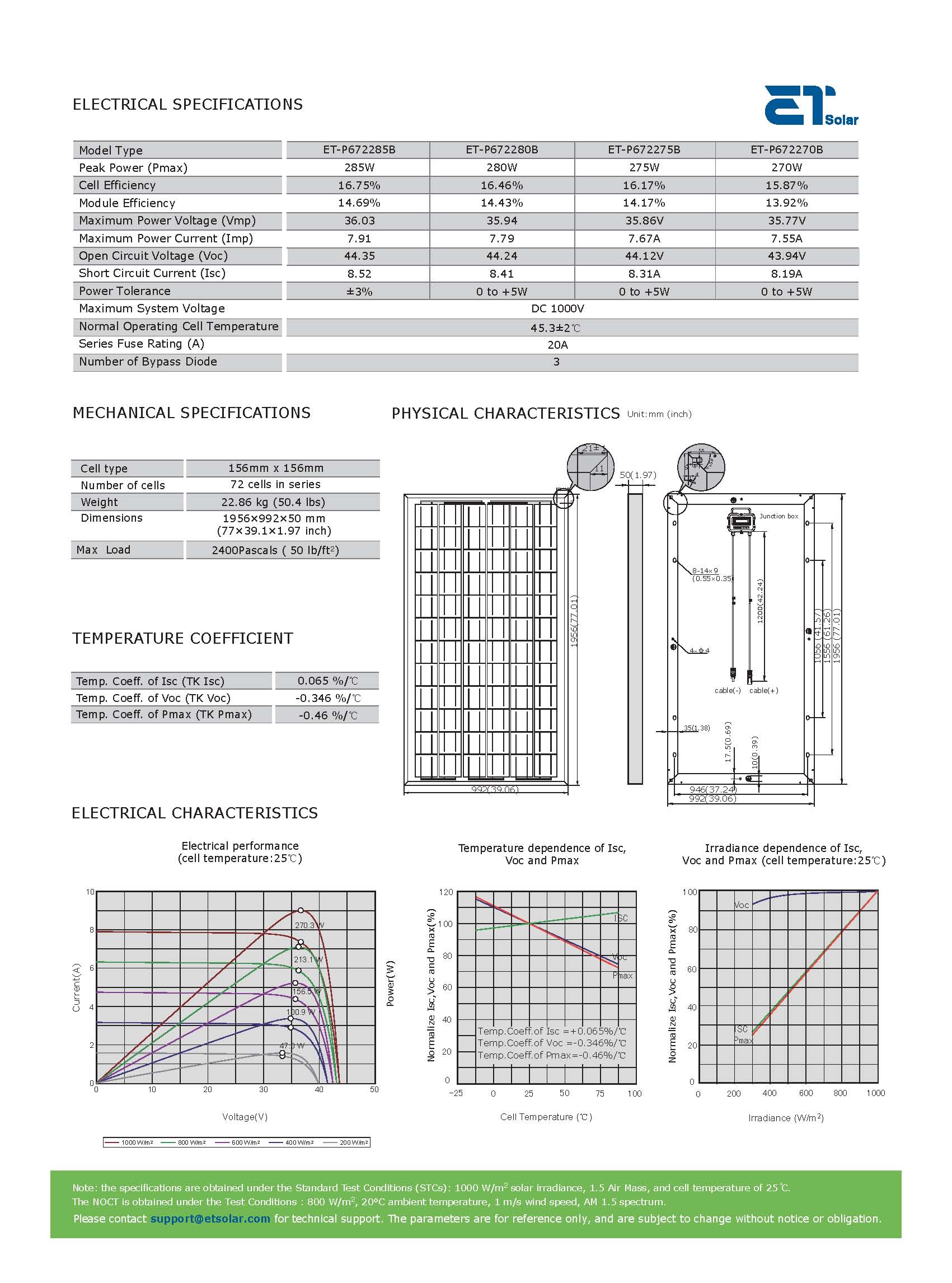Solar PV
FAQ’s for Solar
1). My property doesn’t face South, does that make a difference?For optimum performance, a South facing roof is best. However, a roof between East and West will deliver very attractive returns.
2). The angle of my roof is very steep (or shallow), does this make a
difference? Yes, returns do differ with roof angles (between 30 – 40
degrees is best). However, the differences may be marginal. In fact, in
some instances (in particular shallow roofs), it can be a benefit -
especially on an E/W roof.
3). My roof is shaded.Does this make a difference? Yes. The difference it
makes is determined by what is shading it, and when. For example, building
shade will have a greater impact than tree shading. Shading on solar
panels has a disproportional effect on panels. For example, if 10% of your
panels are shaded for a period of time the performance drops by more than
10%.
4). Can this be solved? Yes. In particular on large arrays. Many inverters
have the facility to run the affected panels on a different string to the
rest of the array. Therefore combating this.
5). Are all panels the same? No. Panels come in various sizes (usually
anything from 180wp – 250wp). The size of panel will ultimately determine
output. But, by the same token, not all 250wp panels will deliver the same
output.
6). Why? Panel efficiency varies. Some could be 14% efficient, some 17%
efficient.
7). So, if I get panels with the highest efficiency, then I get the
greatest returns? Not necessarily. Just as important is the inverter.
Coupling high efficiency panels with a low grade inverter will reduce
performance.
8). Will my installer take all this into consideration? In some respects
yes. However, under the MCS rules, installers are to calculate returns
using SAP. Unfortunately, this is quite basic,and doesn’t take into
consideration all of these factors. Some installers use other (more
accurate) software, but unless they all use the same software, you will
never get a fair comparison of the respective performance of a system.
9). How do I get fair comparisons? You have 2 choices – either spend
£000′s on professional software and do the calculations yourself. Or hire
an independent consultant with the necessary tools??!!
10). If I install solar panels now, can the Government stop the payments
in a few years if the “money runs out”? No.. It is a legal contract. Once
you’re in the scheme, you are guaranteed the tariff rate at the time you
enter the scheme. This will increase annually in line with the CPI, and
paid for 25 years. Besides, the money for the tariff payments is not
coming from Government funds. It is funded by the energy suppliers (ie you
and I!)).
11). What happens in 25 years. Do my panels stop working? Should I take
them off my roof? The panels will still be working. At this point they
will be delivering around 80% of their output compared to when installed.
The panels are expected to last for around 40 years. You could take them
off, but remember, they will still be saving you money on your electricity
bills.
12). What maintenance is required? Very little. Panels don’t go wrong very
often. A recent study suggested that 1 in 40,000 panels fails in 40 years!
Cleaning of the panels may be necessary, but we have quite a lot of
rainfall which usually is good enough!
If there is one thing to consider, then it is the inverter. It is probable
that a replacement inverter would be required within the 25 year period.
13). What cost for an inverter? Typical cost of an inverter is, currently,
around 10% of the total system cost.
14). How do I know if anything has gone wrong with my system? There are
several remote monitoring systems on the market, which will enable you to
view performance on line (for example). For larger installs this may be
worthwhile, but for smaller installations not necessarily.
